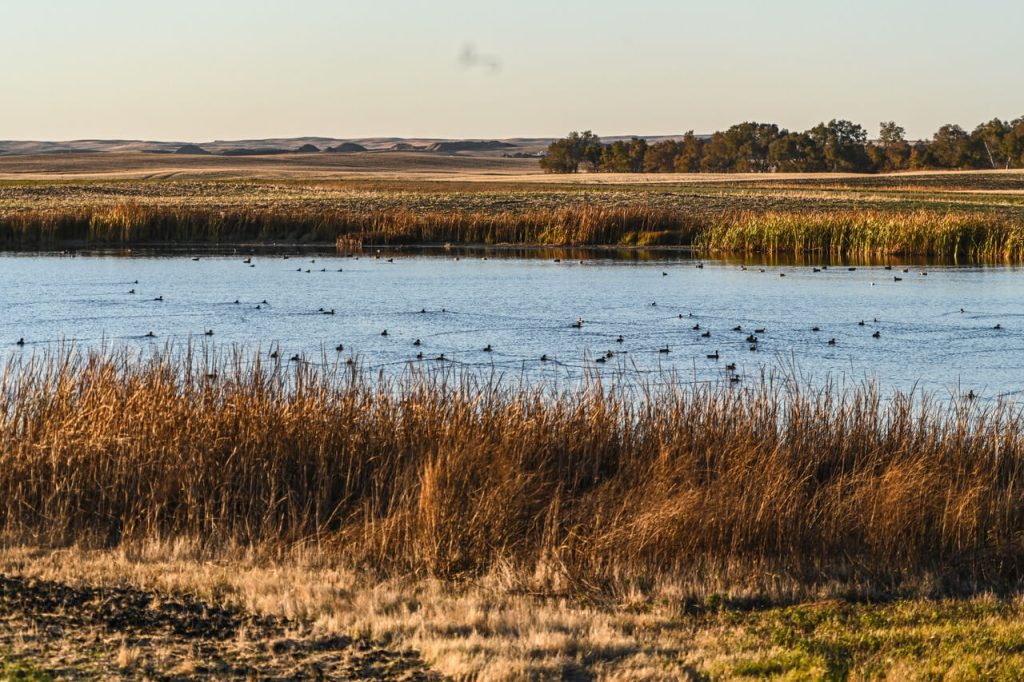
May 9, 2025 by Ruffed Grouse Society — Last week the U.S. House of Representatives Natural Resources Committee passed a budget bill ordering the sale of thousands of acres of public lands in Utah and Nevada.
Using a budget bill is an unacceptable departure from the proper means of evaluating land transactions. Existing laws for sale or exchange of public lands require due process and the return of revenue to the public land system. A budget bill meets neither requirement, preventing evaluation and diverting revenue to the Treasury.
RGS & AWS is joining many partners in advocating the removal of the land sale provisions from the forthcoming budget bill on the House floor. Before a budget bill is enacted, it must also be approved by the Senate. The process could take several weeks or longer.
At RGS & AWS, our commitment to conserving wildlife habitat is simultaneous with keeping public lands secure. This reflects our community’s values – and is a message we underscore with our elected leaders as they weigh decisions about public lands policy. That guides our work in Washington, D.C., where we engage on a bipartisan basis to increase public access – not reduce it – and enhance conservation value, not lose it.
The House budget bill further complicates this equation. Since the amendment was advanced through the budget reconciliation process, the revenue raised from the sale of these public lands goes to the general Treasury fund. It would not be reinvested in public lands, as is standard practice for public lands sales, via the Federal Land Disposal Account, a Treasury account used by federal departments to purchase other lands, especially those with high conservation, recreation and/or public access value.
A budget reconciliation bill is not the right place to legislate public lands sales. Fundamentally, these proposals should include ample opportunity for public consideration and feedback. And they must be advanced via agency action or congressional authorization to keep the money raised from their sale within our public lands system.
If you value our public lands and waters, we ask you to make your views known to your elected leaders in Congress. Take a moment today to express your strong opposition to the House budget amendment mandating the sale of public lands. Call the U.S. Capitol switchboard at 202-224-3121 and ask to be connected to your delegates’ offices. Or email your senators or representatives right now.
Also this week, a bipartisan group of House members launched the Public Lands Caucus, a congressional coalition focused on conserving and expanding access to public lands. Co-chaired by Reps. Gabe Vasquez (D-NM) and Ryan Zinke (R-MT), the caucus intends to unite lawmakers of all stripes to advance pragmatic, consensus-based public lands policy that advances conservation and supports recreation, local economies and public access.
Remember, when sportsmen unite, sportsmen win. Our system of U.S. public lands and waters is the envy of the world – and a mainstay in equal-opportunity access to all kinds of outdoor recreation, not just hunting. Let’s work together to make sure this legacy endures for future generations to experience and enjoy.
Take a stand for healthy forests. Support RGS & AWS and join our conservation network. Every donation helps us amplify your voice in important policy matters that affect wildlife, habitat and hunting.
Be part of the habitat solution! Join, renew or give a gift membership in RGS & AWS today.



